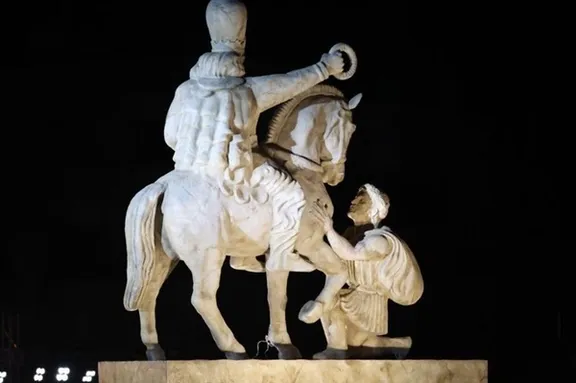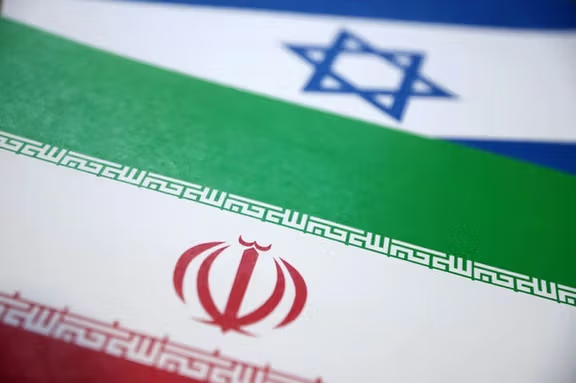The paper described the phenomenon as “a quiet but persistent trend” that has taken root across the capital. Certain late-night hangouts now, it said, serve as meeting points for affluent middle-aged and older men and women who approach younger partners seeking either short-term encounters or longer-term financial arrangements.
“I accepted to talk because I want others to know that if they enter such relationships, they might later face disappointment or worse consequences and lose their youth for money,” said Bardya, a 22-year-old university student quoted by the paper.
He described his relationship with a 52-year-old divorced woman named Nazanin as beginning with a single online message.
Bardya now visits Nazanin’s home every few days at her request and sometimes stays for several nights.
Nazanin, who also spoke to Haft-e Sobh, said she saw nothing shameful in the arrangement. “I provide for him financially -- his education, a good car, a nice home, luxury trips -- I spend money on him. But let’s be honest, this isn’t love, it’s a deal.”
These encounters, according to the report, often occur along upscale streets and squares where luxury cars gather near midnight. Agreements range from one-night arrangements worth a few million rials to ongoing relationships in which the older partner provides steady financial support. Some business owners, the paper added, hire younger men and women while simultaneously acting as “sugar patrons.”
A symptom of deeper social breakdown
The spread of such relationships reflects the failure of Iran’s main institutions -- economic, political, religious, educational, and social -- to maintain balance and stability, Sociologist Alireza Sharifi Yazdi told Haft-e Sobh.
“When the economic and political systems fail to perform their duties, inequality widens, insecurity rises, and social disorders begin,” he said.
High unemployment, inflation, and falling marriage rates, he added, have pushed many young people into what he called “compulsory singleness,” while the wealthy exploit their vulnerability through money and influence.
“It’s a shortcut to dreams -- luxury, travel, comfort -- but it ends in emotional exhaustion and loss of self-worth.”
Emotional cost and threat to family life
Such relationships, Sharifi warned, often lead to depression and disillusionment among young people once the initial material benefits fade.
“They begin to feel emotionally enslaved,” he said, adding that the trend also weakens the foundation of marriage and family life. “When expectations from relationships become transactional, genuine partnerships lose meaning.”
Reversing the trend, the Haft-e Sobh concluded, requires addressing its economic roots -- unemployment, inflation, and lack of affordable housing -- while promoting education about healthy relationships. Without reform, it warned, “Iran risks seeing its family structures eroded by the quiet normalization of money-for-affection relationships.”












